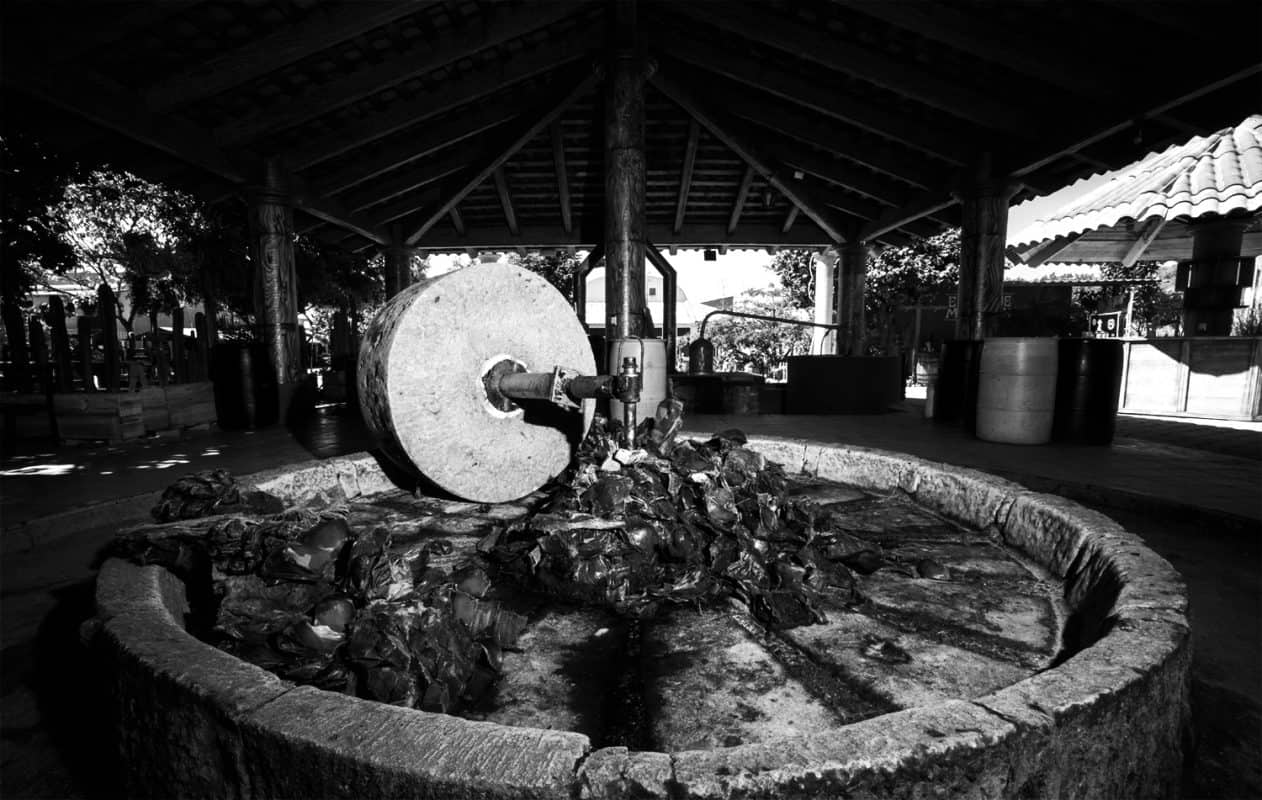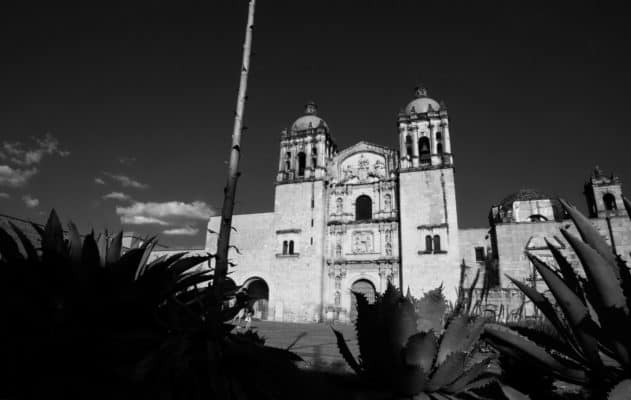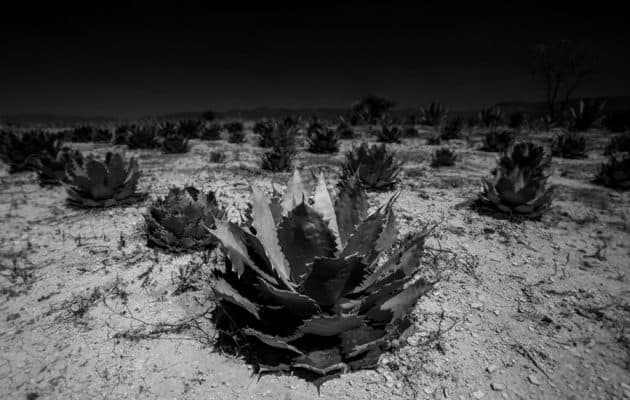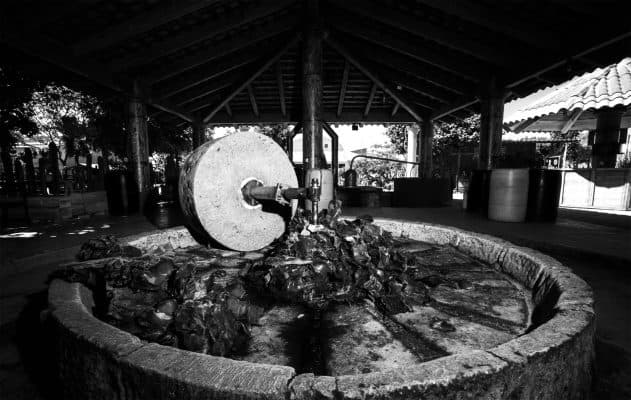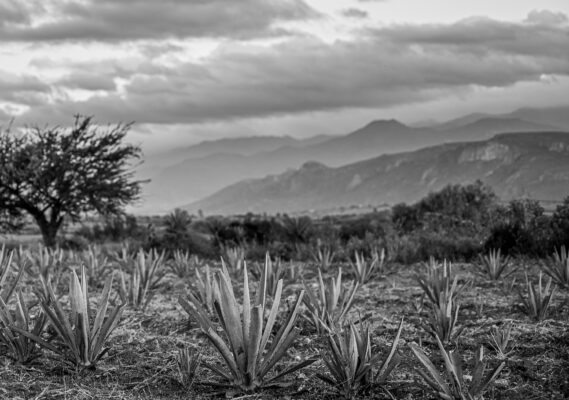The flavours and smells contained in mezcal are extraordinarily rich and it is impossible to describe them all as they differ from one mezcal to another. These differences are linked to both the process of making the spirit and the origin of the agaves or maguey.
The complexity of the mezcals is even more surprising in the case of mezcal joven, a distillate that has not undergone any maturation process. All the flavours found in the final product therefore come entirely from the raw material and the basic processes with which it was created.
Nevertheless, although each mezcal has its own aromas and scents, it is possible to group them into four main families.
I – Smoke
The smoky smells and flavours characteristic of mezcal come from the wood used to heat the stones in the kilns called kibas. The smoky aromas come from the molecules released during combustion and are expressed in the mezcal by notes of chilli, chocolate, wood, ash and brazier, among others. Obviously the type of wood used and the length of time the piñas are fired will influence these notes. They also tend to be less intense when the alcohol content of the mezcal is high.
Mezcals such as tequila that use steam as a cooking source do not benefit from the contribution of these notes.
II – Agave as a plant
Agave is a plant that contains extraordinary aromatic and flavour compounds, including essential oils and terpenes. Terpenes are hydrocarbons or odoriferous compounds that are produced by many plants, allowing them to attract polinizing insects and repel others, seen as potential predators. It is these terpenes that give plants their odours and flavours, and around 30 of them have been identified in agave distillates, giving mezcal an incredibly rich aroma spectrum.
Agave also contains vegetable fats present in the cuticle and cell walls of the plant. These fats, when immersed in an alcoholic medium, are transformed into esters*, which are also found in wine. Some of these esters give agave very rich notes, ranging from aniseed and floral scents to citrus and fruit flavours such as those found in Devoción. Vanilla, for example, is a natural component of agave.
It is therefore possible to find notes in each mezcal that are specific to the plant used and have nothing to do with the maturation process in the casks or the wood used as fuel. Mezcal is the only spirit in the world whose main raw material offers so many different flavours in its natural state.
III – Cooking
During the cooking process of the piñas, chemical reactions take place in which proteins combine with sugars, releasing compounds that have a powerful influence on the taste of the mezcal. In artisanal mezcals, the cooking is done underground, very slowly, which can produce toasty, sweet notes similar to those of roasted nuts, peanuts, almonds or hazelnuts. Sometimes these flavours translate into a touch of honey or dulce de leche, among others. The skill of the mezcalero maestro also has a real influence on these final notes.
IV – Bacterial fermentation
During the fermentation process, in addition to the transformation of sugars into ethanol, furans, esters, acetals and organic acids are obtained, which are created and chemically modified from the substances present in the must. In most artisanal mezcals, the long fermentation times – up to 10 days – and the fact that no added yeast is used, highlight the importance of these bacteria in the transformation of the must into mezcal. These compounds involved in the fermentation process provide a unique sensory experience, with mineral flavours of varying degrees of intensity.
Of course, the flavours of mezcal do not stop there. Each micro event will give the mezcal a new flavour, giving it its own identity, its own history. This is ultimately what makes this spirit so beautiful and magical: its diversity and plurality.
* An organic compound resulting from the condensation of an alcohol molecule and an acid molecule found in wine.


